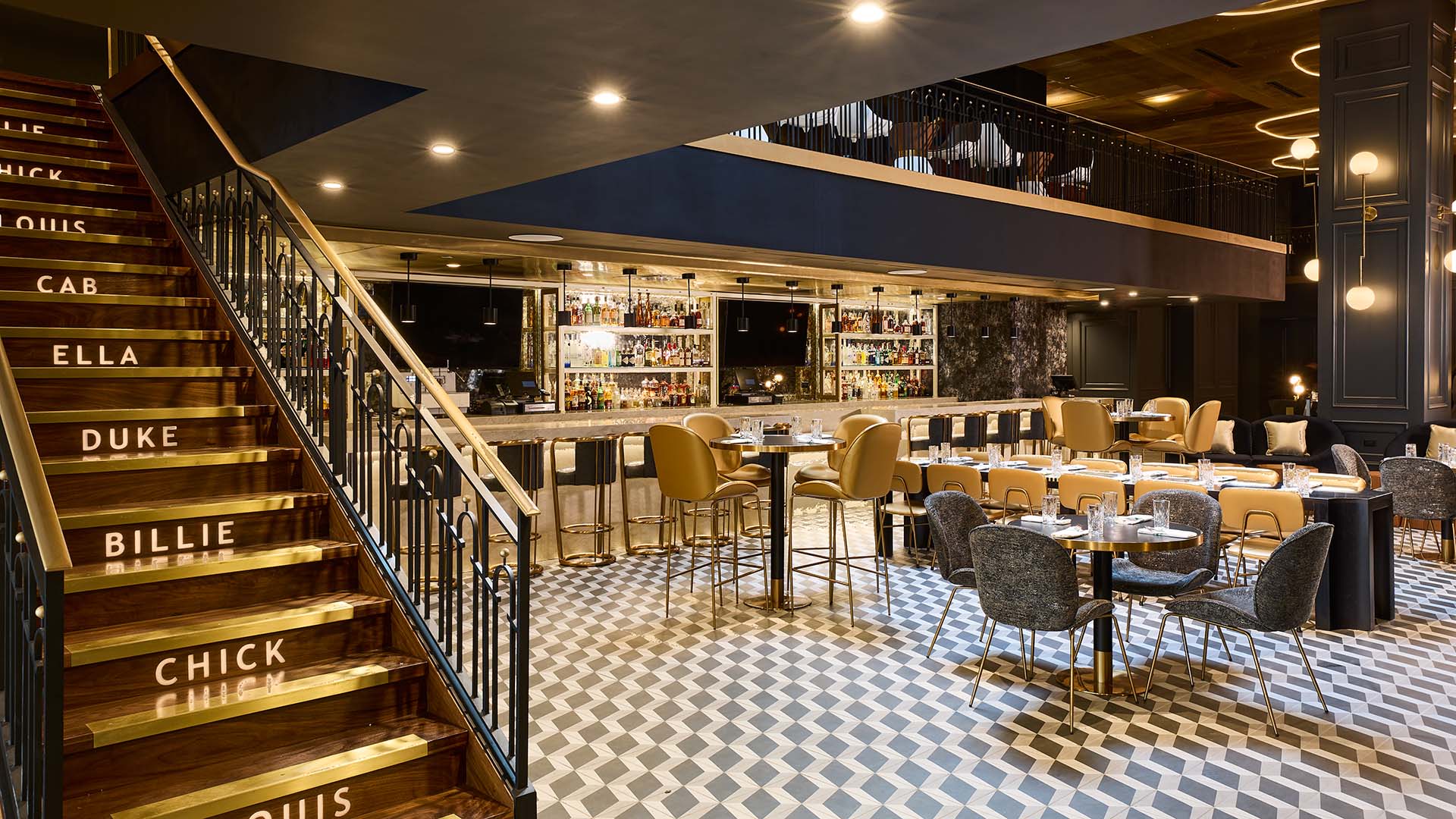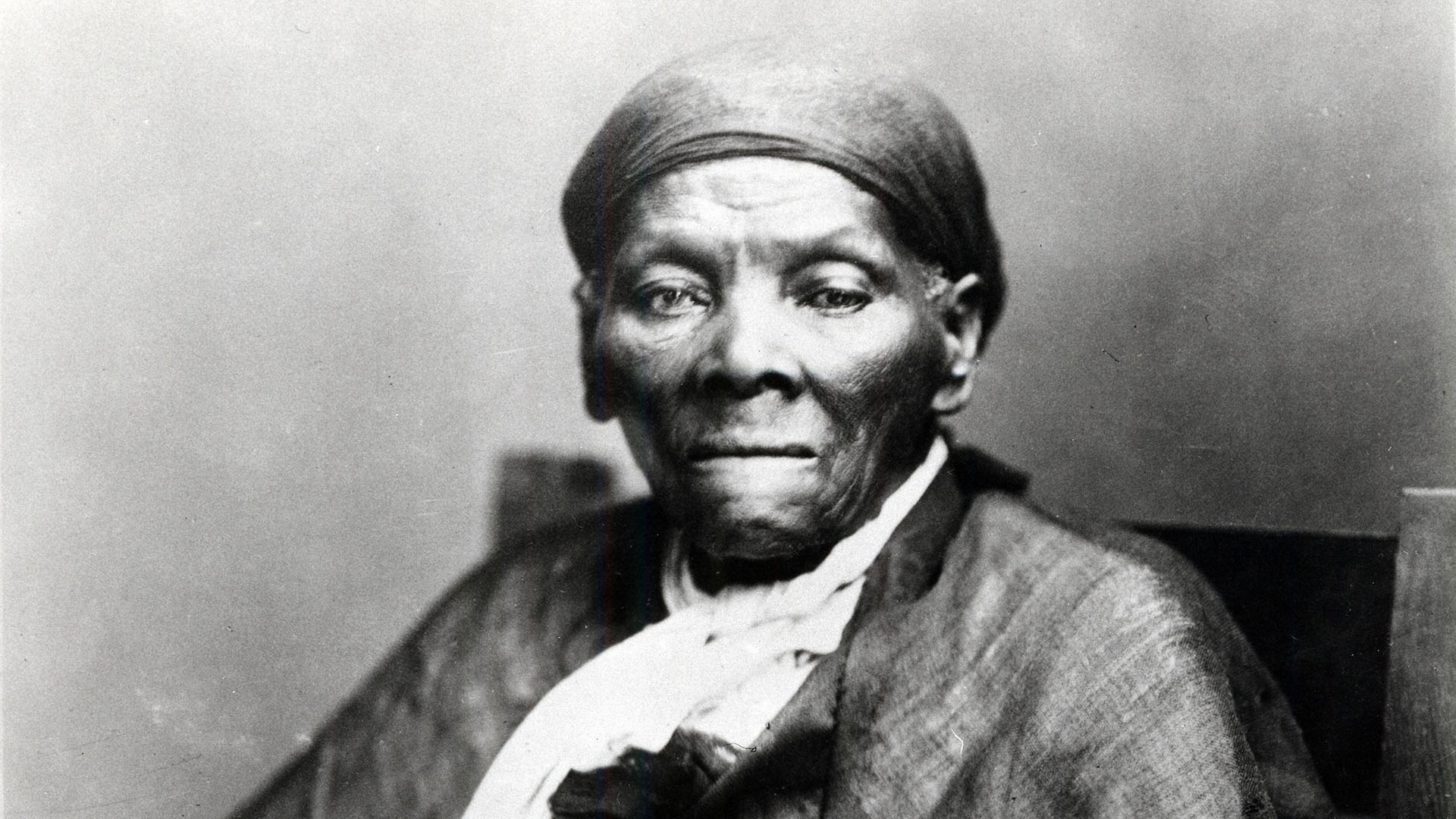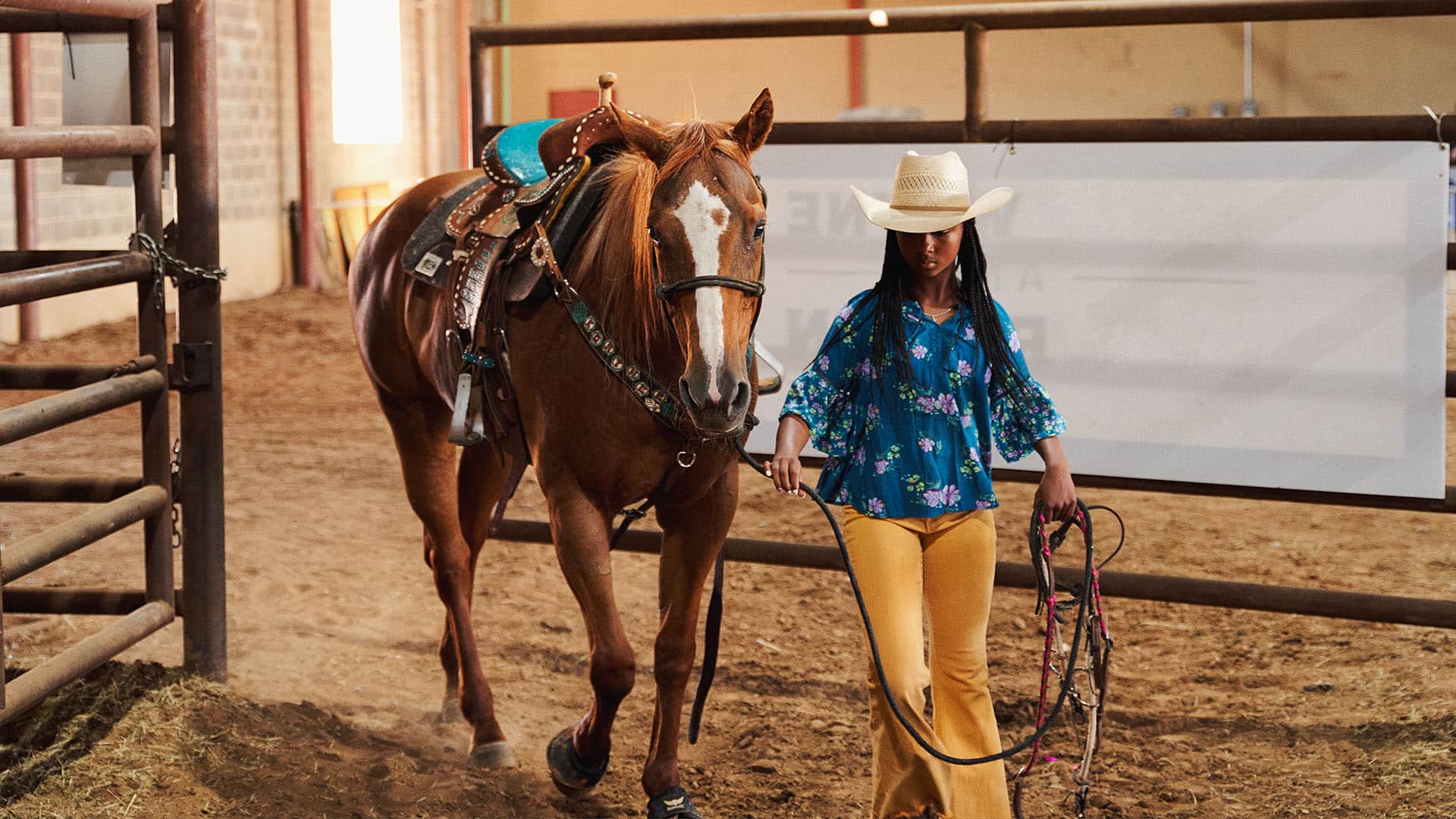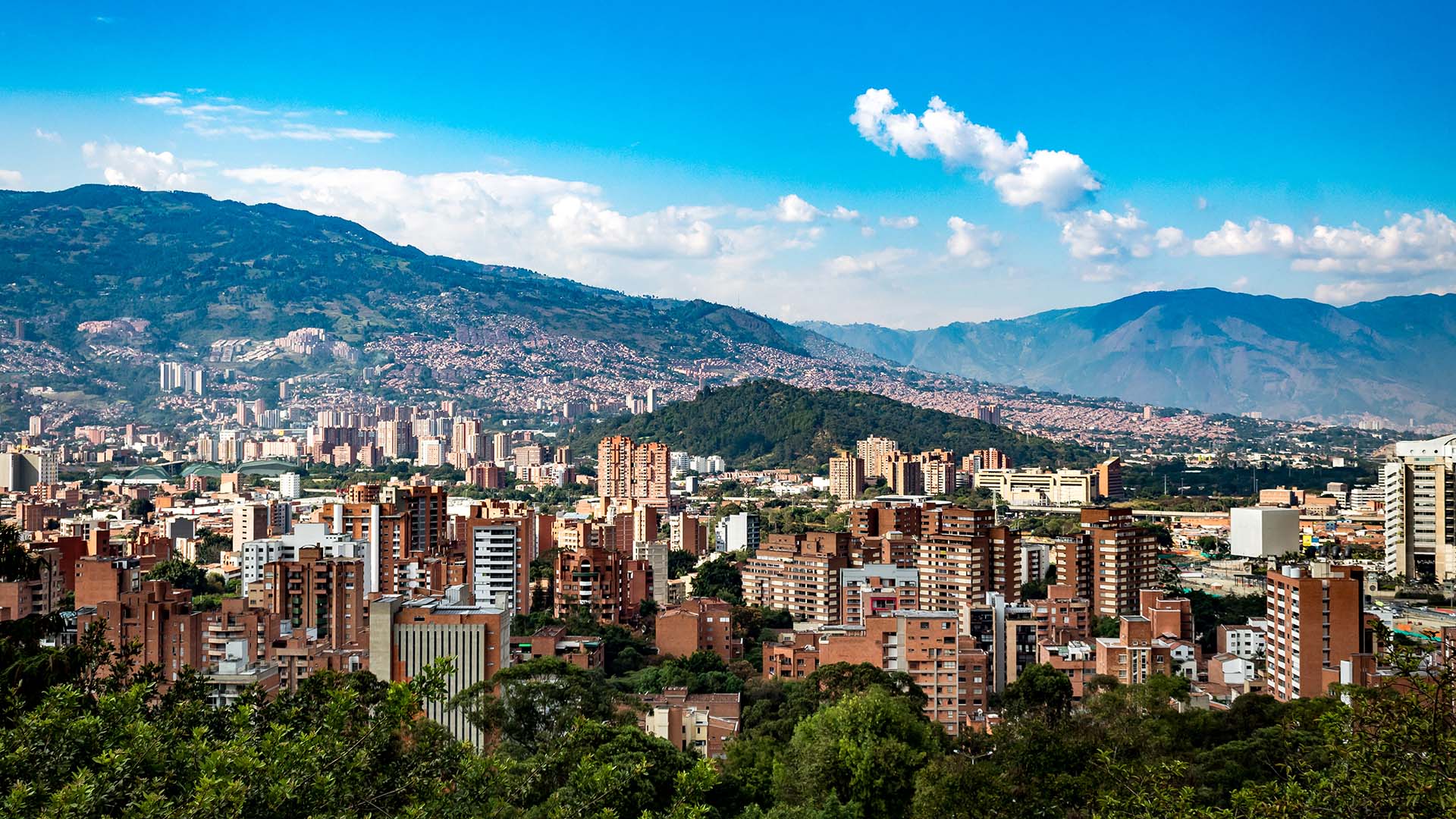
Discover Afro-Colombian culture and history in Medellín. (Photo: Getty Images)
Black TravelWhere to Experience Afro-Colombian Culture in Colombia
By Nneka M. OkonaThere is nowhere quite like Colombia. I learned this nearly five years ago upon my first trip to the South American coastal country. Medellín was my initial introduction to the country’s stunning mountainous views and a local favorite, bandeja paisa — a teeming platter of traditional Colombian foods such as chicharron, white rice, avocado, beans and arepas.
Medellín lured me in as I roamed its streets, and the Spanish language I’d learned in school rolled off my tongue with ease. But there were also the Afro-Colombian connections that comforted me as a Black woman traveler perpetually trying to find my place in this big, wide, noisy world.
In Colombia, it’s not only Medellín that can teach you a thing or two about the abundant Afro-Colombian culture to be celebrated here. There’s also Cali, on the Pacific Coast of Colombia, considered a salsa capital — with Black musicians writing the classics that are adored. And of course, there’s Cartagena, on the Caribbean coast, with beach views and ties to the enslavement of Africans.
Use this piece not as the be-all and end-all to navigating Black culture and history throughout Colombia, but as a launching pad to owning your exploration, learning and, yes, celebration.
Medellín
Known as the “city of eternal spring” thanks to its year-round temperate climate, Medellín is a favorite of remote workers from around the world — and has a special place in my heart. So much so that six months after my first visit, I returned there for six weeks.
The food drew me back in part, but really, so did the ease of what it meant to be there as a Black woman. I felt I could breathe easier and the smiles and general warmth from Colombians made me feel welcomed.
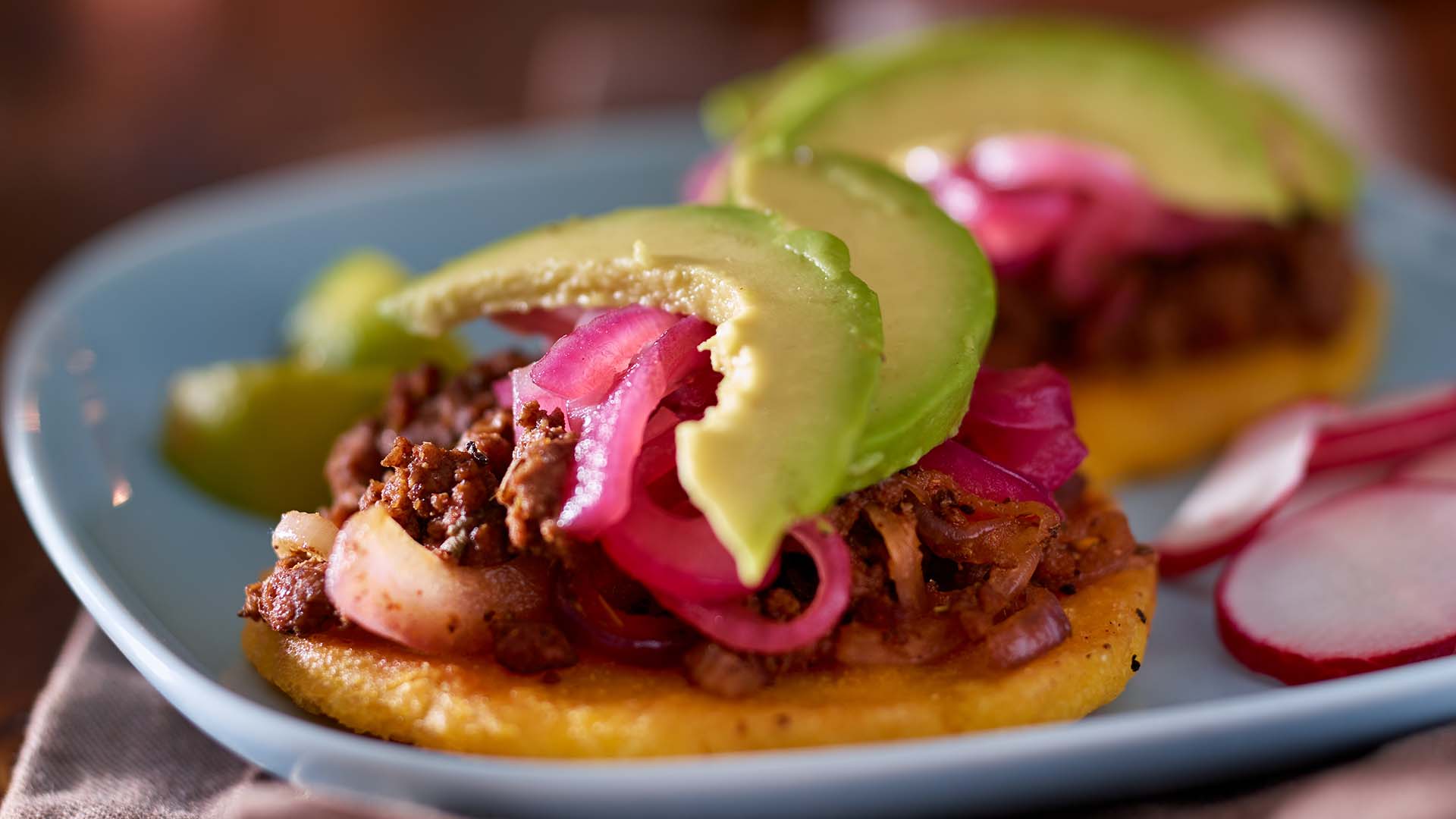
In such a sprawling, massive city as Medellín, the easiest way of tapping into the Afro-Colombian connections is through guided tours led by community members. One of these tours takes visitors through Comuna 13, a barrio in the mountains with a storied, violent past (guerrillas once had control of the region), which is only accessible by a sky tram.
Impulse Travel leads this tour and takes attendees through various pockets of Comuna 13, showing how the youth have embraced hip-hop and Black culture as a form of survival and pride. Another such Comuna 13 tour gives visitors a glimpse of Afro-Colombian culture through song and dance, including a short dance class and percussion performance.
Cali
Though I’d been to Colombia three times prior to visiting Cali, the experience I had exploring the city was perhaps one of the most special.
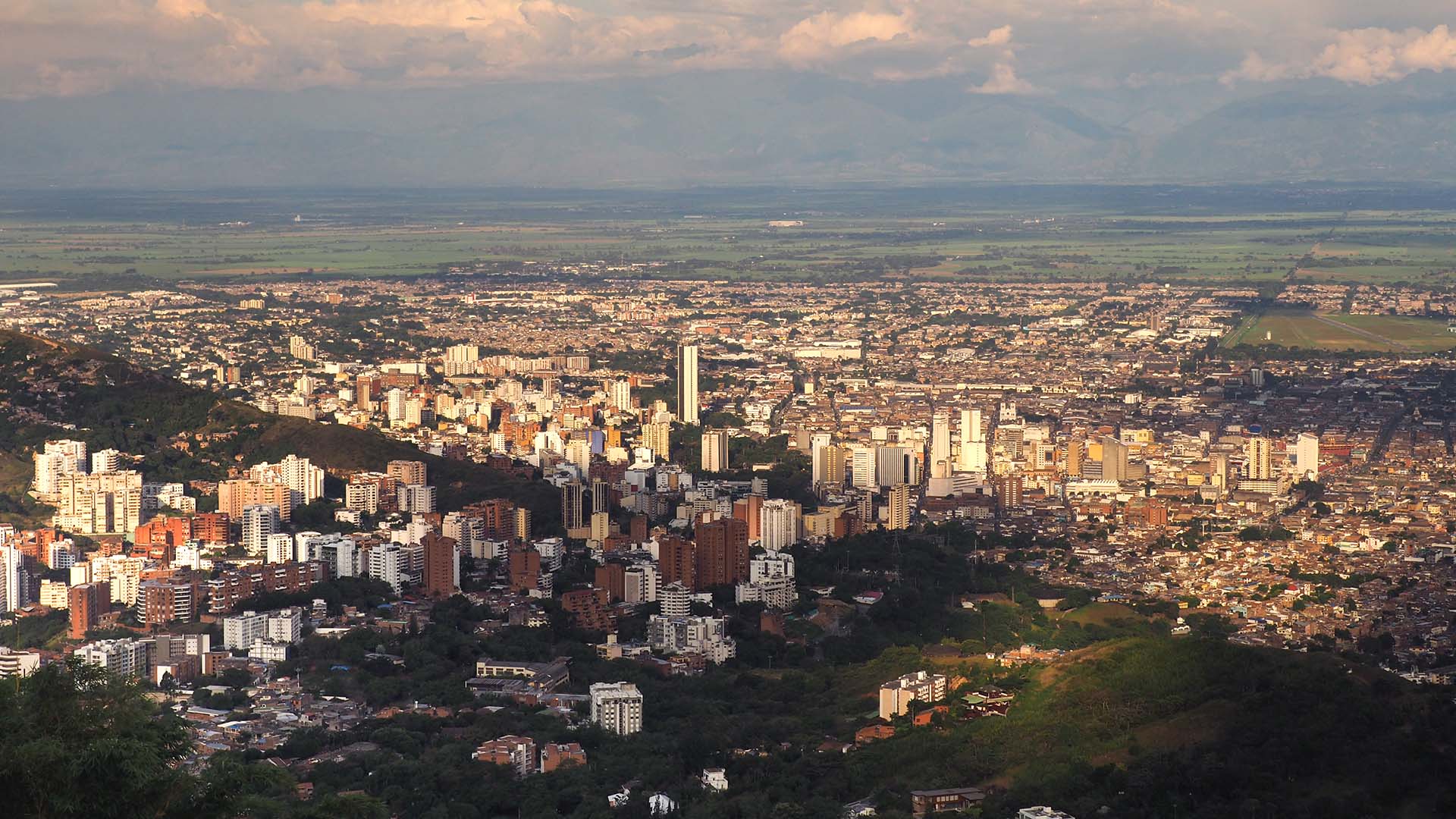
During the trip, my focus was on seeing the country’s Afro-Colombian connections more abundantly — through food, dance, music. While there in December, I attended the Petronio Festival, a multiday event focusing on Afro culture in Latin America.
In an outdoor area, vendors sold clothes, headwraps and even hair products for natural, textured hair. There was also a stage with live music and throngs of people dancing, including myself. And perhaps my most favorite part: the food.
The Pacific Colombian coast is different in that there are heavy seafood influences. I feasted on a whole fried red snapper, salad, coconut shrimp and coconut rice.
To replicate this experience for yourself, head to Cali’s historic center and amble through the barrios of Santa Rosa, La Merced and San Cayetano. For a sensory thrill, opt to go to Galería de Alameda market and taste the different fruits — most vendors will let you taste right after you purchase and even cut or peel the fruit for you if requested.
Plan to go salsa dancing one night, too — Zaperoco is a great option if you want to literally dance the night away. Know that salsa tunes you’re dancing to were pioneered by Afro-Colombian artists: Grupo Niche is a popular one that is based out of Cali.
Cartagena
Seeking out those Afro-Colombian connections happens with ease in Cartagena. Sitting on the Caribbean coast of Colombia on the water, historically it is known that enslaved Africans ended up here, far away from home.
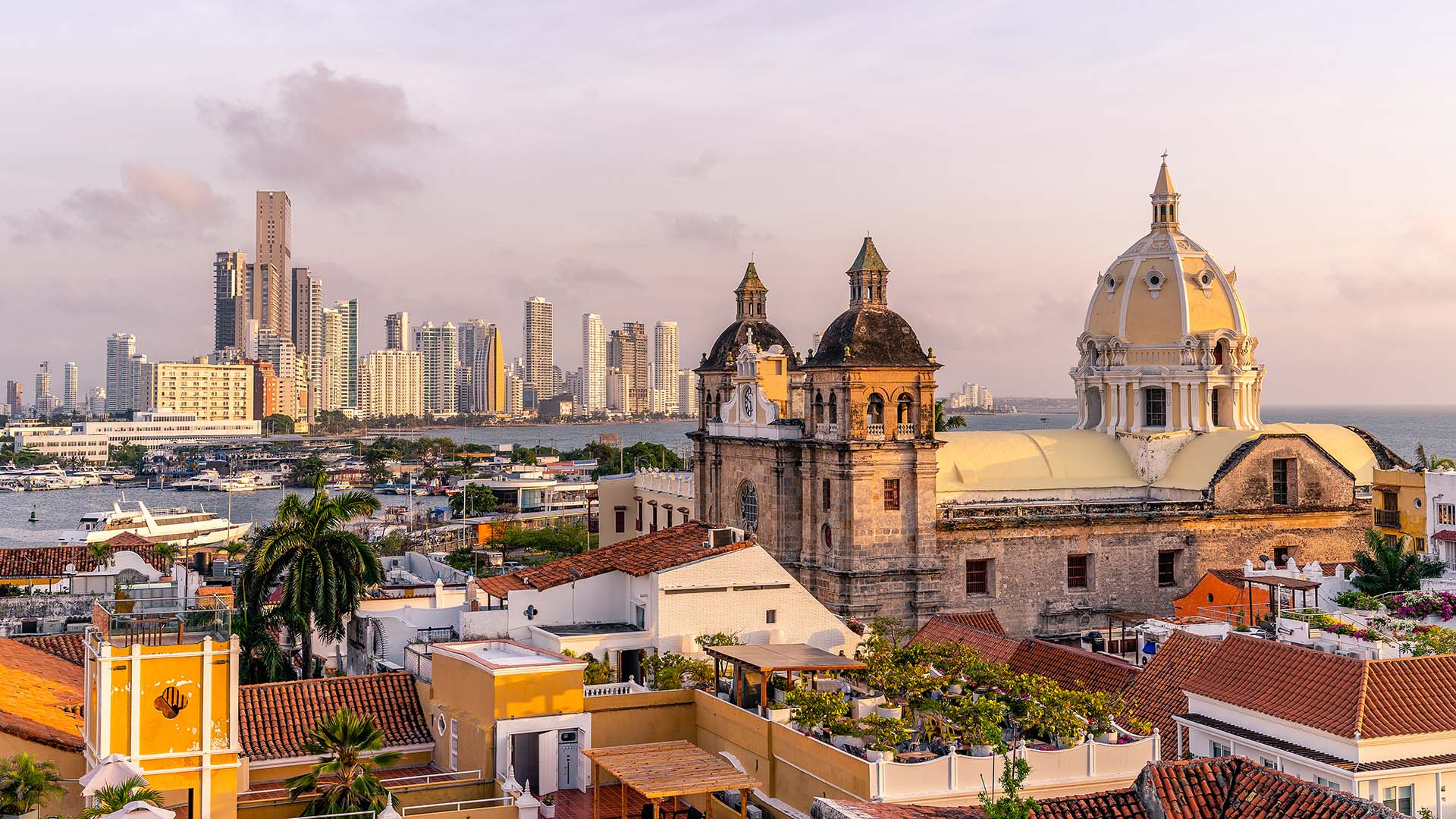
Walk the squares of Cartagena — Plaza de Los Coches is perhaps one of the liveliest — and you’ll see the descendants of the enslaved donning colorful skirts and balancing on their heads fruits for sale. But look beyond these women and snapping photos with them. Delve into the history.
In Cartagena, spend time walking around the walled city that is divided into three key neighborhoods: Getsemani, San Diego and San Pedro.
For a deeper dive into historic Afro-Colombian history, plan an excursion to San Basilio de Palenque. Located roughly 30 miles from Cartagena, Palenque was the first free settlement of formerly enslaved Africans and is home to 3,500 people who are their direct descendants. While there, be sure to visit the monument of Benkos Bioho, who founded Palenque.





